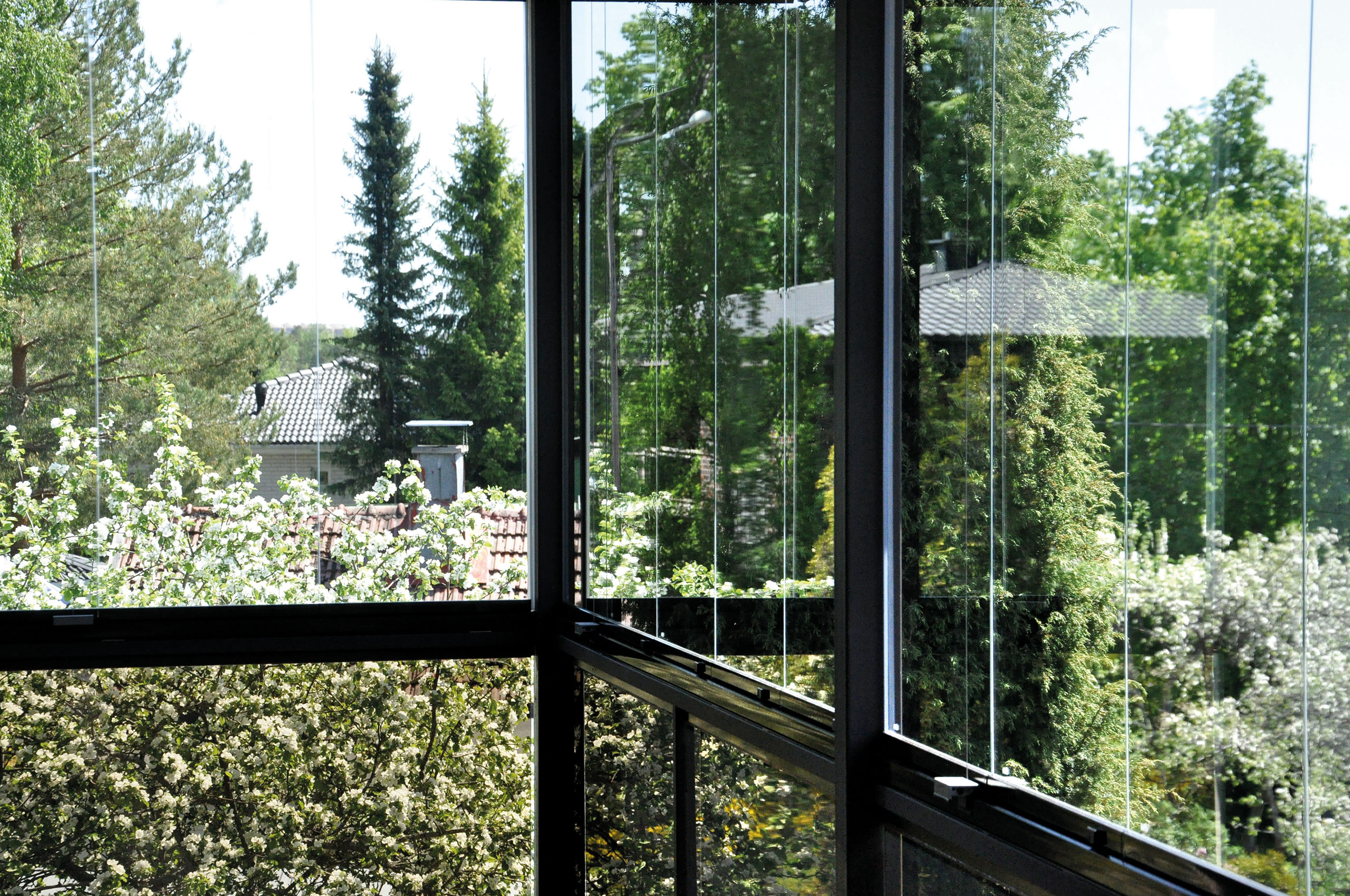
Navigating balcony fire safety regulations: Essential considerations for property owners and developers
In recent years, there has been a growing need for stricter regulations surrounding balcony design and construction, especially in multi-story residential buildings. This heightened focus comes in response to several high-profile balcony fires and accidents, highlighting the potential dangers associated with inadequate fire safety measures.
Glazing of balconies does not significantly alter fire behaviour, but can help reduce spread
The analysis of fire incidents involving balconies and glazed balconies reveals that glazing of balconies does not significantly alter the fire behavior of the balcony. The effect of balcony glazing is mainly in mitigating risks. When closed, balcony glazing can slow down fire development due to reduced oxygen levels, potentially enhancing safety. However, if the glazing is open during a fire, it behaves similarly to an open balcony.

When closed, balcony glazing can slow down fire development due to reduced oxygen levels, potentially enhancing safety.
The primary function of a balcony glazing in terms of fire safety is containment
One key aspect of balcony safety is the installation of balcony glazing, which can serve as a barrier to prevent the spread of fire between adjacent units. The simulations demonstrate that the risk of fire spreading from balconies to neighboring properties is significantly lower than that of fires originating within apartments. Therefore, properly compartmentalizing balconies and maintaining sufficient distances between them seem to offer adequate protection against fire spread.
These findings underscore the importance of adhering to fire safety regulations and considering factors like glazing design and balcony compartmentalization to ensure the safety of occupants and neighboring properties. While balcony glazing offers various benefits, including enhanced aesthetics and energy efficiency, its primary function in terms of fire safety is containment.
Staying up to date on regulations is a ‘must-do’ for all parties
Adherence to fire safety regulations for balconies and balcony glazing is essential not only for the protection of residents but also for minimizing the risk of property damage and liability. Property owners, developers, architects, and building professionals must stay informed about evolving regulations and industry best practices to ensure compliance and mitigate fire safety risks effectively.
Fire safety regulations play a crucial role in governing the design, construction, and maintenance of balconies and balcony glazing. By prioritizing compliance with these regulations, stakeholders can contribute to safer living environments and reduce the potential impact of balcony-related fire incidents.
Read more of our recent PRO blog articles:
-
Interview: Chairman of the Board in a Housing Association in Gothenburg, Sweden
Read more…We met with Håkan to hear a little more about why the housing association chose to glaze resident balconies, how they went about choosing a supplier for glazing, and how the overall experience of the process was.
-
Balcony façades with ‘bird-friendly’ glazing
Read more…Bird collisions with glazed surfaces have become a concerning issue, especially in urban environments where glass buildings are common. Millions of birds perish annually due to collisions with transparent or reflective surfaces, emphasizing the need for architects and designers to incorporate bird-friendly glazing solutions into their projects. However, these solutions must maintain the aesthetic and performance attributes required for the project.
-
A colorful balcony façade brought a modern look to this multi-residential complex in Lahti, Finland
Read more…The facade of a 1970s-built multi-residential complex in the city of Lahti, Finland, was in need of a refresh. Traditional concrete railings were no longer feasible to repair. The housing association then decided to renovate the 24-unit residential complex with Lumon balcony glazing, railings, and blinds.


